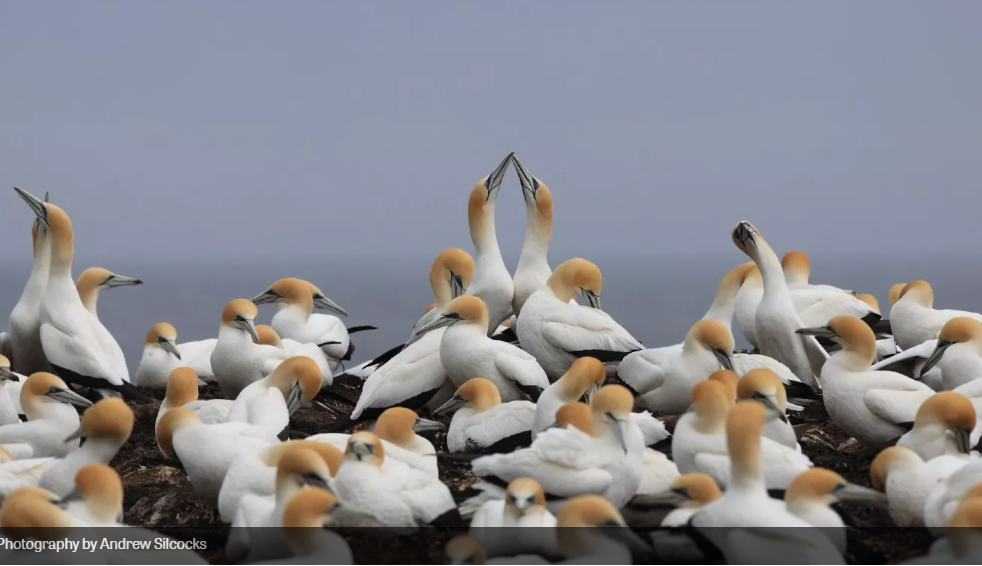New data reveals that Australia’s populations of threatened bird species have declined by nearly two-thirds in less than 40 years

Top Australasian bird scientists call for reform of national nature protections fundamental to reverse extinction trajectories
The latest Australian Threatened Bird Index (TBX) reveals that threatened and near-threatened bird populations in Australia declined by an average of 60 per cent between 1985 and 2020. These trends underpin a call for stronger nature protections in the formal statement from the Australasian Ornithological Conference held in Brisbane/Meanjin last week.
The TBX is part of the Threatened Species Index managed for Australia by the NCRIS-enabled Terrestrial Ecosystem Research Network (TERN) at the University of Queensland. The TBX brings together nearly 20,000 monitoring datasets from across the nation to estimate the long-term trends of threatened and near-threatened bird species. Among the 72 bird species included in the TBX, relative abundance in 2020 was on average 60 per cent lower than in the year 1985, with an annual rate of decline of 2.2 per cent since the turn of the century.
Key findings of the TBX update include:
• Among groups with adequate data, terrestrial birds showed the greatest declines (62.5%), followed by migratory shorebirds (42.5%) and marine birds (33.8%), since the year 2000.
• The most significant declines since 2000 across all species were in South Australia (69.6%) and Queensland (65.7%).
• The ACT and New South Wales recorded a decline of 56.3%, Victoria 47.9%, WA 29.9% and Tasmania 27.6% since 2000.
• The trend for NT showed a decline of only 3.4% overall but the trend has fluctuated significantly since 2000, driven strongly by data for migratory shorebird species.
The latest update reveals declines are compounding.
Speaking ahead of a panel discussing the latest TBX data at the Australasian Ornithological Conference, Dr Elisa Bayraktarov, who led the development of the Threatened Species Index under the Australian Govenments’ National Environmental Science Program (NESP), said bird population trends provide an overall snapshot of how threatened and near-threatened bird species are faring over time.
“Decades of work by researchers, practitioners, and citizen scientists have given us the data to obtain a clearer picture of how threatened birds are tracking than for almost any other group of species – and the outlook is extremely concerning,” said Dr Bayraktarov.
“We have lost nearly two-thirds of the populations of threatened and near-threatened bird species in less than 40 years.”
BirdLife Australia CEO Kate Millar said the data gives lawmakers clear directions to act.
“We know these declines are the result of human-induced threats including habitat destruction, climate change and invasive species impacts,” said Ms Millar.
“The Albanese Government is rewriting our federal nature laws right now and the outcome of this process is critical to our ability to protect habitat and implement species recovery actions.
“If we want to start turning these population trends around we need to see good, strong new laws in this term of government.”
Enjoy this article? Explore more of our ESG News below:
Environmental Justice News | Social Justice News | Good Governance News | Climate Change News | ESG Investing News | Housing News | Renewable Energy News | Breaking Central Coast News
Prefer your news delivered to your email inbox?
Click here to subscribe to our free weekly newsletter to stay up-to-date with local, national and global ESG news.


